Sarah Waheed
The Turks always put themselves in the position of injustice, claiming persecution from European countries, but they neglect that Turkey had committed the most horrific historical massacres against many different peoples – the most prominent being the Greek genocide that claimed nearly 750,000 victims.
The Turkish massacre of the Greeks started with the arrival of Mustafa Kemal, the founder of modern Turkey who later took the title Ataturk, on May 19, 1919. The first thing Ataturk did was hold a meeting with Topal Osman, a Turkish military leader known for his brutality against the Greeks, to plot the mass extermination of the Greeks in Turkey. The goal was not only to take the souls of the Greeks, but also their possessions and wealth.
Studies outside Turkey indicate that the genocide of the Pontic Greeks was varied and lasted years in Turkey. Several Western newspapers reported of grave violations committed by Turkish forces against Christian civilians in Greece.
Greek homes burned with gasoline
According to British historian Arnold Toynbee, Turkish forces deliberately burned many Greek houses, pouring gasoline on them and making sure they were completely destroyed.
The massacres continued throughout the period between 1920 and 1923 during the Turkish War of Independence against the Greeks in the Black Sea region.
The butcher Nureddin Pasha
Sivas Governor Ebubekir Hâzım Tepeyran said in 1919 that the massacres were so terrible that he could not bear to report them.
He was referring to the atrocities committed against the Greeks in the Black Sea region. According to official statistics, 11,181 Greeks were killed in 1921 by the central army under the leadership of Nureddin Pasha, who was famous for having killed Bishop Chrysostomos of Smyrna.
At the time, some parliamentarians had demanded that Nureddin Pasha be executed and decided to bring him to trial, although Ataturk later intervened and canceled the trial.
Turkish newspapers wrote that Nureddin Pasha had proposed killing all the Greeks remaining in Anatolia – a proposal rejected by Ataturk.
Burned bodies
On February 25, 1922, massacres against the Greeks began in the Pontus region, which Greece and Cyprus say was genocide, as 24 villages in that region were completely destroyed.
The Atlanta Observer reported at the time that the smell of the burned bodies of women and children in Pontus was a warning to what awaited Christians in Asia Minor after the Greek army’s withdrawal.
The first few months of 1922 saw nearly 10,000 Greeks killed by Kemalist forces, according to the Belfast News newspaper.
Enslavement of women and children
The Turks also enslaved Greek women and children, and a number of Turkish soldiers had raped women. The Turks also treated American relief organizations with little respect, even though they were helping Muslim civilians.
The Christian Science Monitor reported that the Turkish authorities also prevented missionaries and humanitarian relief groups from assisting Greek civilians whose homes were burned, as the Turkish authorities left these people to die despite the abundance of aid. The Turks tried to exterminate the Greek population more severely than they had done to the Armenians in 1915, the newspaper explained.
750,000 victims
According to various historical sources, thousands of Greek Ottomans died during this period. While most refugees and survivors fled to Greece, others, especially in the eastern provinces, sought refuge in the neighboring Russian Empire. The number of Greek victims ranged between 450,000 and 750,000, according to sources.
Treaty of Lausanne
A large number of the Greek population had to leave their ancestral homelands in Ionia, Pontus and Eastern Thrace between 1914 and 1922, and these refugees were not allowed to return until after 1923 when the Teary of Lausanne was signed, which stipulated that Turkey and Greece would exchange populations.
Under the treaty signed by the two governments, Greek Orthodox citizens in Turkey moved to Greece, and Muslim citizens in Greece returned to Turkey.
That treaty was the last part of the ethnic cleansing campaign carried out by Mustafa Kemal Ataturk to create an ethnically pure homeland of Turks, as some 1.5 million Greeks were uprooted from Turkey in exchange for less than half a million Muslims from Greece who were expelled from their homes. Historian Dinah Shelton said, “The Treaty of Lausanne completed the forcible transfer of the country’s Greeks.”

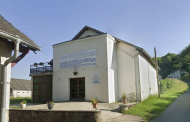
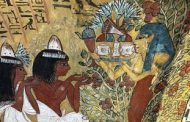
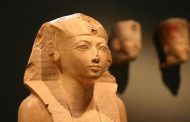
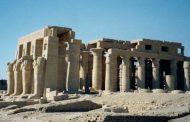
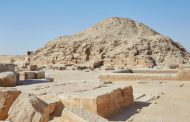
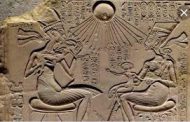
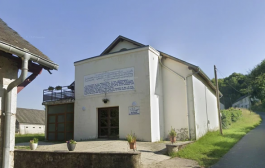
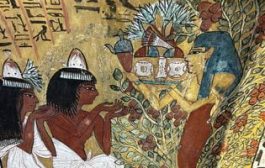
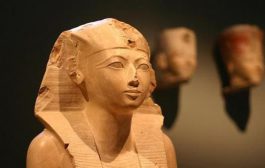
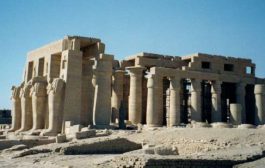
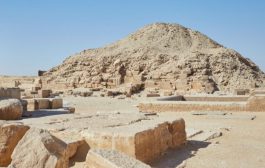












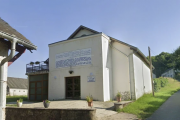
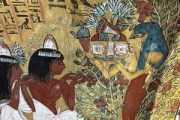
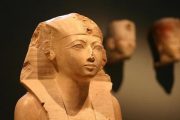
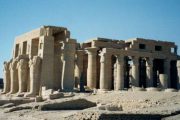
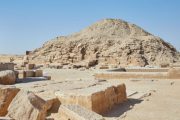

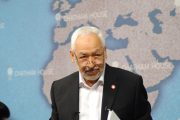

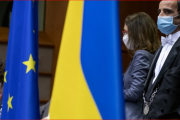






admin in: How the Muslim Brotherhood betrayed Saudi Arabia?
Great article with insight ...
https://www.viagrapascherfr.com/achat-sildenafil-pfizer-tarif/ in: Cross-region cooperation between anti-terrorism agencies needed
Hello there, just became aware of your blog through Google, and found ...